How to Fix Scratches on Wood Floors 11 Different Ways

By Judy Schumer
Wood floors add warmth and beauty to a home. They are relatively easy to care for and repair and can even add to your home’s resale value. Try as you might to prevent scratches on wood floors, your home is meant to be lived in, and with that living will almost inevitably come a little wear and tear on your floors.
If you have scratches on your wood flooring that you need to fix, the steps below will help you minimize the look of the scratches or make them disappear completely. You’ll also find out how to identify the finish that’s on your wood floors (which is key to taking care of them), when to call a professional, and what steps to take to prevent further scratches, dents, and gouges on your wood floors while still using them every day.
How to Determine Your Wood Floor Finish
Knowing what type of finish is on your hardwood floors is essential when choosing the way to care for them. There are two types of wood floor finishes, penetrating finish (oil or wax) or a film finish (polyurethane or shellac).
A penetrating oil or wax finish offers the most natural look on hardwood floors, because the oils become part of the wood itself. On the other hand, a film finish involves laying down a sealant on top of the floors, resulting in a high-gloss look.
There are three simple ways to determine your floor finish if you don’t know it already.
Run Your Hand Over the Flooring Surface
One of the easiest ways to determine the floor finish is to run your hand over the surface of the flooring. If you can feel the texture of the wood, it is most likely a penetrating finish.
Use Mineral Oil
Put a drop or two of mineral oil on a clean, hidden spot. If the oil soaks in, your flooring has a penetrating finish. If the oil beads up, it is a film finish.
Scrape the Surface
Using a sharp blade such as a utility knife, scrape up some of the finish from a hidden edge of your flooring. If you end up with transparent shavings, you likely have a film finish. A penetrating finish won’t pull up anything.
Photo via Creative Moments
How to Fix Surface Scratches on Wood Floors with Lemon Juice
You can clean surface scratches on wood floors with pantry and household items. Before starting, you’ll need to thoroughly clean your wood floors to remove any dirt from the scratch using a cleaner specifically formulated for wood floors.
The lemon juice in this mixture helps to clean the area around and in the scratch, while the olive oil moisturizes and shines the wood itself.
Tools and Materials Needed:
- 1/4 cup lemon juice
- 1/4 cup olive oil
- Bowl
- Clean cloth
Step 1: Mix the Solution
Mix lemon juice with oil in a bowl.
Step 2: Apply Solution
Tip the bowl over to place a small amount of the lemon oil solution onto the scratch.
Step 3: Buff
Rub the lemon oil solution into the scratch with small, firm strokes until the scratch is gone.
How to Fix Surface Scratches on Wood Floors with Vinegar
Vinegar is a great all-natural cleaner that takes care of dirt without stripping the wood as harsh chemical cleaners do. Olive oil is the conditioning part of the mixture, giving the wood in and around the scratch a nourishing shine.
Tools and Materials Needed:
- 1/4 cup apple cider vinegar
- 3/4 cup olive oil
- Small bowl
- A few clean cloths
Step 1: Mix the Vinegar and Oil
In a small bowl, mix the vinegar and olive oil.
Step 2: Apply Mixture
Tip the bowl over to place a few drops of the mixture into the scratch and spread with a towel to cover the entire scratch.
Step 3: Buff the Scratch
After letting the mixture sit on the scratch for a few hours, rub the area with a clean, soft cloth.
How to Fix Surface Scratches on Wood Floors with Walnuts
Walnuts have natural dye in them along with emollient oils. As you rub a walnut into wood, the wood absorbs the coloring and natural conditioning of this versatile nut.
Tools and Materials Needed:
- One or two walnuts
- Nutcracker and nut pick
- Clean cloth
Step 1: Shell the Walnut
If you have shelled walnuts, skip this step. If you have whole walnuts, remove the shell and use the nut pick to carefully remove the meat from the walnut. You will be using only the soft inner walnut meat for this method.
Step 2: Prepare the Walnut
The oils and dye in walnuts work best when warmed up. Rub the walnut meat between your fingers to get it warmed and to release the dye and oil.
Step 3: Rub the Scratch
Firmly rub the walnut meat over the scratch. Wait 5 minutes, then buff the scratch with a soft, clean cloth.
How to Fix Surface Scratches on Wood Floors with Shoe Polish
Shoe polish has dye and conditioners that not only fix scratches on leather but work wonderfully on wood. It’s also soft and gentle, making it easy to work with when filling a scratch.
Tools and Materials Needed:
- Cotton swab
- Paste shoe polish the color of your flooring
- Clean cloth
Step 1: Color the Scratch
Dip a cotton swab into the shoe polish paste that matches your flooring. You can also use a combination of two colors to get a color blend that matches your floor coloring.
Step 2: Rub the Polish Into the Scratch
Using your fingers, rub the shoe polish into the scratch. Buff softly with a clean cloth.
How to Fix Surface Scratches on Wood Floors with Iodine
Iodine is perfect for darker wood due to the dyes in it. While you normally would want to keep iodine from dripping on anything, the staining properties work especially well at covering up scratches on wood floors.
Tools and Materials Needed:
- Iodine
- Cotton swabs
- Soft paper towel
Step 1: Apply the Iodine
Using a cotton swab dipped in iodine, paint the scratch.
Step 2: Wipe the Area
Use a paper towel to clean up any iodine outside of the scratch.
How to Fix Surface Scratches on Wood Floors with Tea
Tea contains tannins, which are often used to dye textiles. The longer you steep tea, the darker the dyeing properties from the tannins will become.
Tools and Materials Needed:
- Black tea bag
- Boiling water
- Cup
- Cotton Swab
- Soft paper towel
Step 1: Steep the Tea
Pour 1/2 cup of boiling water over the tea bag in a cup. Let it steep for a few minutes (the darker the wood, the longer you need to let the tea steep). Remove the teabag.
Step 2: Soak a Cotton Swab
Dip a cotton swab into the steeped tea, soaking well.
Step 3: Apply the Tea
Dab the tea-soaked swab onto the scratch, wiping away any excess from around the scratch. Let the tea air-dry into the scratch.
How to Fix Surface Scratches on Wood Floors with Coffee
While coffee stains can be a headache on laundry day, the stain helps cover up scratches in wood, making them invisible. By making a paste, you’ll be concentrating the staining power of your coffee.
Tools and Materials Needed:
- Instant coffee
- Small bowl or cup
- Spoon
- Hot water
- Cotton swab
- Soft paper towel
Step 1: Make the Paste
Measure two tablespoons of instant coffee grounds into a small bowl or cup. Add hot water and stir with a spoon until a paste is formed.
Step 2: Cover a Cotton Swab
Dip a cotton swab into the paste, thoroughly coating the swab.
Step 3: Apply the Paste
Rub the paste into the scratch. Buff lightly around the edges of the scratch with a clean, soft paper towel to remove any excess coffee grounds.
Photo via Shutterstock
How to Fix Deep Scratches on Wood Floors with Crayons
Deep scratches on wood floors that go beyond the surface can be fixed in one of two ways. These methods work well if your floor is still salvageable and without multiple scratches or gouges throughout the surface area).
Wax crayons are fantastic for filling in deep scratches, and the color variations in crayons help the finished repair blend in with the floor around it.
Tools and Materials Needed:
- Box of 96 crayons
- Clean cloth
Step 1: Choose a Color
Choose a brown crayon shade that matches the color of your wood floor. This is where the big box of 96 crayons comes in handy. You have quite a few shades of brown to choose from—and can use leftover crayons for melted crayon art or crayon candles!
Step 2: Fill the Scratch
Rub the crayon firmly into the scratch or gouge. Repeat as needed until the spot is filled with crayon wax.
Step 3: Buff the Spot
Buff the spot with a clean, soft cloth to remove any excess crayon from around the sides of the scratch.
How to Fix Deep Scratches on Wood Floors with Wood Filler
Wood filler uses a compound to fill in deep scratches, hardening as it dries to create a tough, durable finish. It is also guaranteed to match well because wood fillers are specially dyed to match the coloring of natural wood.
Tools and Materials Needed:
- Pre-colored latex wood filler (available at home improvement and hardware stores)
- Small plastic putty knife
- Fine grit sandpaper
- Polyurethane or varnish (clear or in a color to match your floor)
- Artist’s paintbrush
- Cotton swab dampened with water
Step 1: Apply Wood Filler
Using the putty knife, fill the scratch or gouge with wood filler. Let the filler dry completely based on the manufacturer’s directions.
Step 2: Lightly Sand
Lightly sand the filled area with fine-grit sandpaper to make the spot even with the surrounding floor.
Step 3: Blend and Seal
Use the paintbrush to apply the varnish on top of the repaired wood floor. Use a water-dampened cotton swab to remove any excess varnish from around the scratch before the coating dries.
Photo via Shutterstock
How to Fix Scratches on Laminate Wood Floors with Touch-Up Markers
Laminate wood floors are a beautiful and budget-friendly alternative to solid or engineered wood floors. But just like wood floors, laminate floors can become scratched or dented. The biggest difference in repairing scratches in these two types of flooring is that laminate cannot be sanded or refinished.
Before attempting to fix a scratch, make sure your floor is clean and free from dust or dirt. Sweep with a soft-bristled broom, mop with your favorite laminate floor cleaner, and finish it off with a microfiber mop to clean up any streaks.
This method, although quick and inexpensive, is not a long-term solution. You will need to retouch the scratch as it will fade over time from cleaning the floor.
Tools and Materials Needed:
- Touch-up marker that matches your floor color (available from home improvement stores, hardware stores, or online)
- Clean cloth
Step 1: Color the Scratch
Using the marker, fill in the scratch along the length of the scratch.
Step 2: Buff the Scratch
After the scratch is covered, buff the area with a clean, soft cloth to blend the color with the floor surrounding the scratch.
How to Fix Scratches on Laminate Wood Floors with Wax Filler
Wax filler kits use a tool to melt the wax, giving you the ability to thoroughly fill a scratch on your laminate floor. This method lasts longer than markers and usually does a better job at hiding the scratch.
Tools and Materials Needed:
- Wax filler kit for laminate floors
- Clean cloth
Follow the steps below, but it is crucial also to read the instructions that come with the kit.
Step 1: Prepare the Wax and Melter
Unwrap the wax sticks that you’ll use to match the color of your laminate flooring. Turn on the burn-in knife that comes with the kit.
Step 2: Put the Wax in the Scratch
Using the special burn-in knife, press it onto the wax bar (start with the lightest color first). Melt just enough to cover the tip of the blade. Press the wax on top of the scratch, pushing it into the cavity. Apply more wax if needed to fill the empty space in completely. If the wax color is too light after applying, use a darker color on the second application to mix the colors to match. Use as little wax as possible each time so you have the opportunity to blend colors.
Step 3: Level the Wax Filler
Wait about 30 seconds for the wax to set, then use the tool that comes with the kit to make the wax level with the flooring around the scratch.
Step 4: Buff the Scratch
Clean around the edges of the scratch with the cloth to remove excess wax. Lightly buff the entire area with a soft, clean cloth to smooth the wax and blend in your repair.
Photo via Chelsea @ Making Manzanita
When to Call a Professional
If you have issues with your flooring that go beyond scratches, it’s best to call in the pros for help. Your wood flooring may need to be refinished, or your laminate flooring may need to have planks replaced. The following issues warrant a call to a flooring professional:
- Warping or buckling
- Gaps between planks
- Cracked planks
- Large areas that are scratched or gouged
- Burns on the wood or laminate
How to Prevent Scratches on Wood Floors
No matter how hard you try to keep them perfect, wood floors do get scratched. However, there are a few ways you can preserve your wood floors to keep them from getting scratched as often or as deeply as they would have if left unprotected.
- Keep the outside entrances of your home clean and debris-free. Not having the dirt and muck to track in is a great first line of defense.
- Place rugs at all entry points of your home. They’ll collect any dirt, mud, or outdoor debris capable of scuffing floors that get tracked in on shoes. Consider using mats in the high-traffic areas of your home, like hallways, to cut down on wear and tear.
- Have company take off their shoes when they come into your house. High heels not only scratch floors, but they leave dents that can be difficult to repair. Even sneakers track gritty dirt, which can leave deep scuffs. Keep a basket or a cubby for shoes by the door.
- Sweep your floor daily to remove dirt. A microfiber mop is excellent for picking up dirt and dust while being gentle on your wood floors. If you use a vacuum, be sure to turn off the brush roller.
- Use felt furniture pads on the bottom of the legs of all your furniture. Felt pads also guard against dents forming in your wood floors where the furniture legs come in contact with the flooring.
- Keep all pets nails trimmed. Dogs can also keep their nails filed down by going for lots of walks on cement or asphalt. If your pets frequent the rooms where you have hardwood flooring, consider placing area rugs where they walk. Nail caps are available for both dogs and cats; speak to your groomer about them.
- Keep curtains closed when the sun shines directly on your floors to avoid UV damage.
Even if you’re extremely careful, chances are you’ll end up with scratches on your wood floors. But knowing how to fix scratches on wood and laminate floors will go a long way towards keeping your home base looking beautiful.
What do you do to keep your wood floors free of scratches? Let us know in the comments below!
Enjoyed the project?
Comments
Join the conversation
-
 Lal92049631
on Jan 02, 2024
Lal92049631
on Jan 02, 2024
Most of these ideas were not to “repair” wood floors, rather, mask the scratch with color (marker, stain, etc.). The best advice I saw was with wood filler and the one with the wax “kit” that actually “fixes” the scratches instead of masking them. Thanks for the ideas!
-



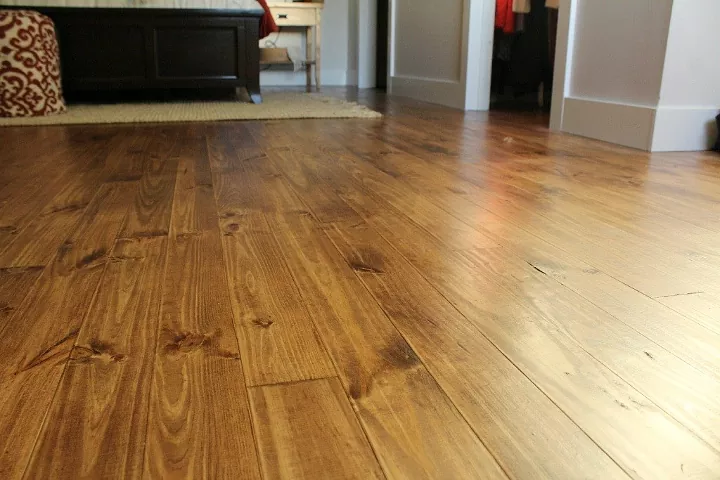




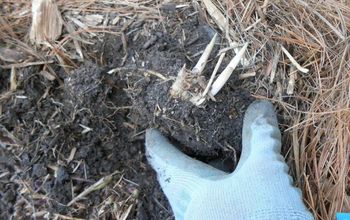
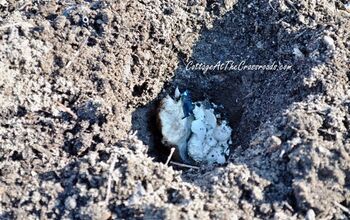



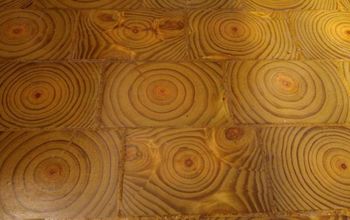
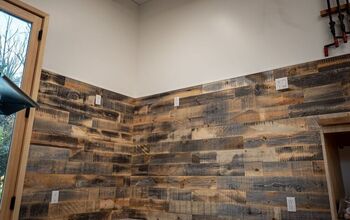
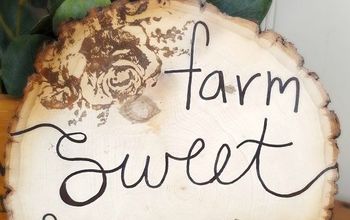
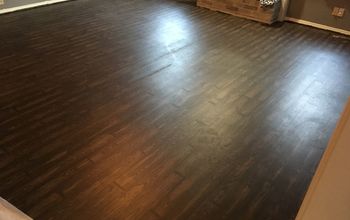
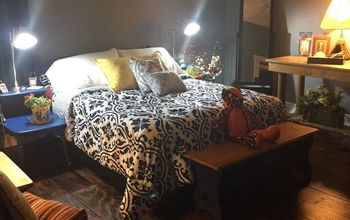
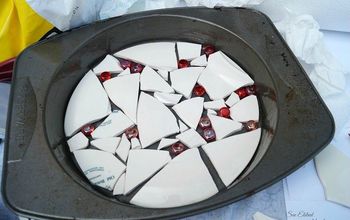
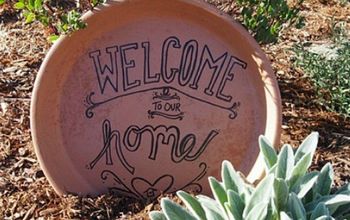
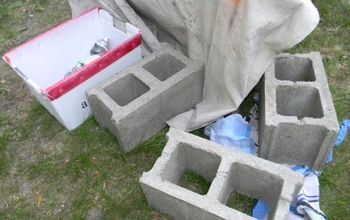
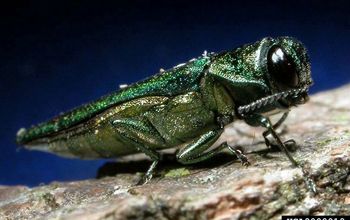
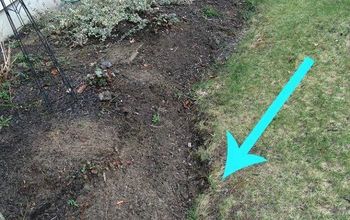
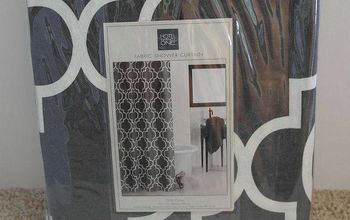
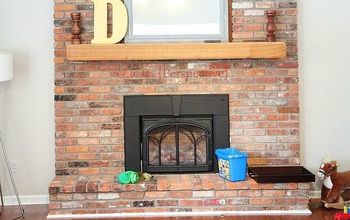
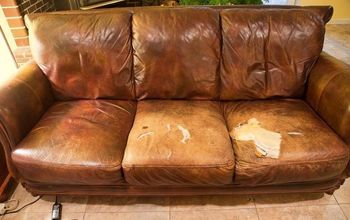
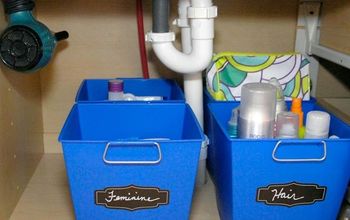
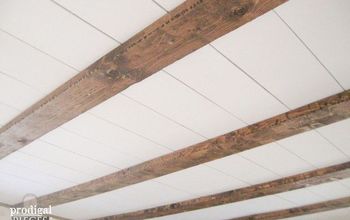
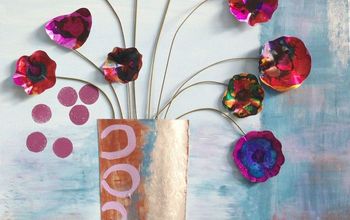
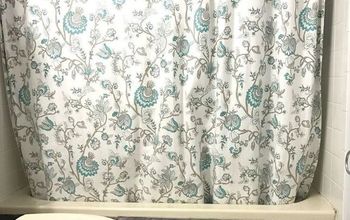
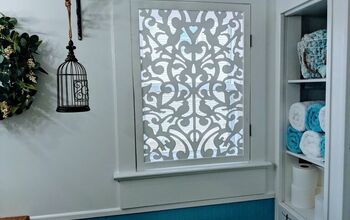
Frequently asked questions
Have a question about this project?